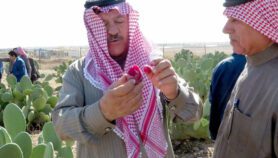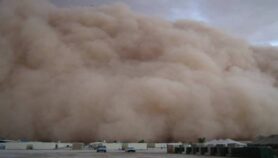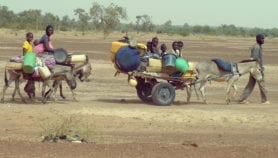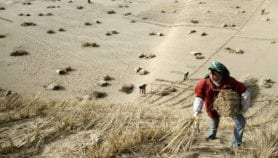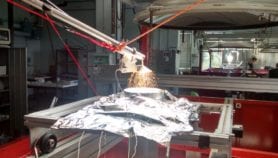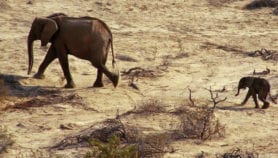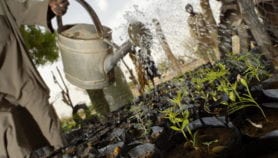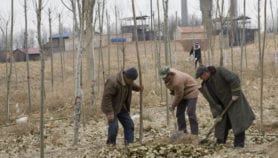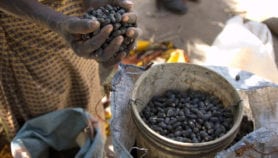Send to a friend
The details you provide on this page will not be used to send unsolicited email, and will not be sold to a 3rd party. See privacy policy.
[WINDHOEK] The extraction of the much needed water from a large underground aquifer in northern Namibia may need to wait for further studies, officials have warned at a water investment conference.
The aquifer, discovered in July, may contain enough water to sustain about one million people living in the area for 400 years at the current consumption rate, as well as boost development through irrigation in this poor, heavily overgrazed area where women and children walk for hours to get fresh water from boreholes.
But officials and scientists have cautioned against too much optimism until further studies have been conducted. One reason is that the aquifer is under a smaller, polluted water resource, so it is still unclear how it could be tapped.
"We need to determine the extent of the water reserve and its accessibility first. There is a lot of brackish [partly salty] water in the area," Abraham Nehemia, under-secretary at Namibia’s agriculture, water and forestry ministry, told SciDev.Net on the sidelines of the Namibia Water Investment Conference, held this month (12–14 September) in the capital, Windhoek.
Heike Wanke, a hydrogeologist at the University of Namibia, also warned against rushing into exploitation.
"The positioning near a polluted aquifer means boreholes must be drilled at appropriate places," Wanke said, adding that studies on the age of the aquifer which will also inform sustainable extraction rates have not been completed yet.
But if studies show water can be sustainably and safely extracted, it will benefit the region, experts say.
"The aquifer is an alternative water supply for northern Namibia, so it will no longer depend solely on Angolan surface water. With climate change set to affect Namibia severely this is good news," said Martin Quinger, manager of a groundwater management project in the Cuvelai-Etosha Basin, a joint project between Namibia and Germany.
A conservative estimate puts the find at five billion cubic metres of water, buried below the northern parts of the Kalahari Desert in Namibia’s Ohangwena region, where rainfall averages only 475 millimetres a year.
The aquifer stretches into Angola, for which no data is available, and it could hold as much as 20 billion cubic metres, he added.
Currently, water for about 500,000 people is supplied from Angola by a canal that has fallen into disrepair, according to Quinger.
"The water in the aquifer, stored for over 10,000 years, is also of remarkably good quality, so there is no need for expensive treatment," he said. "It will give a great boost to livestock and farming in the area."


